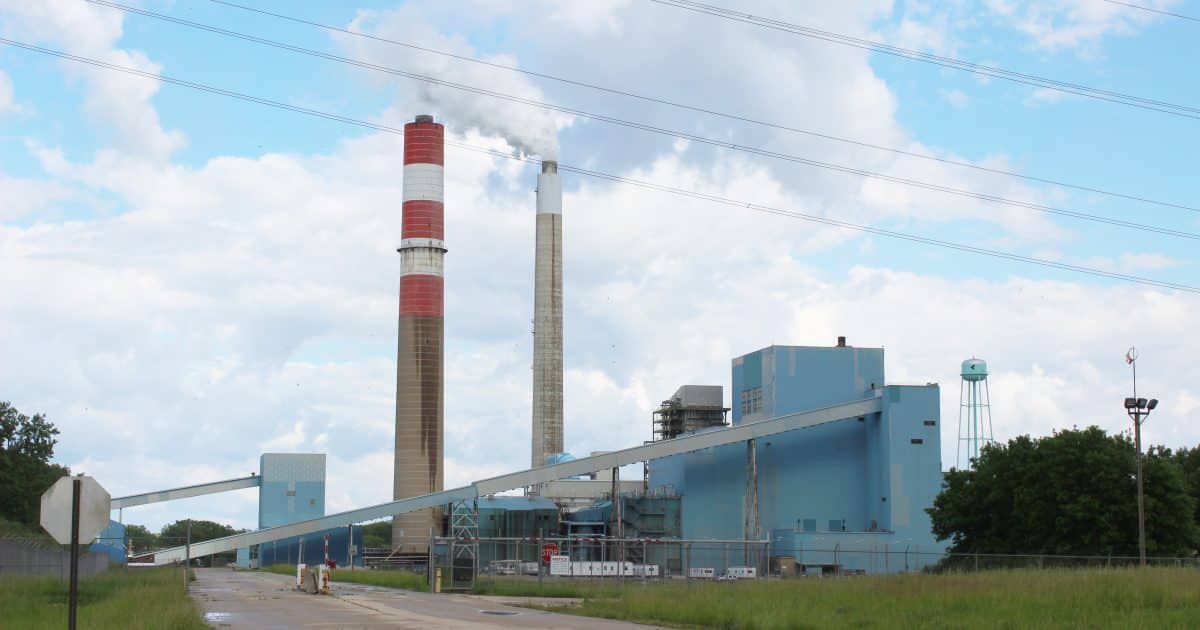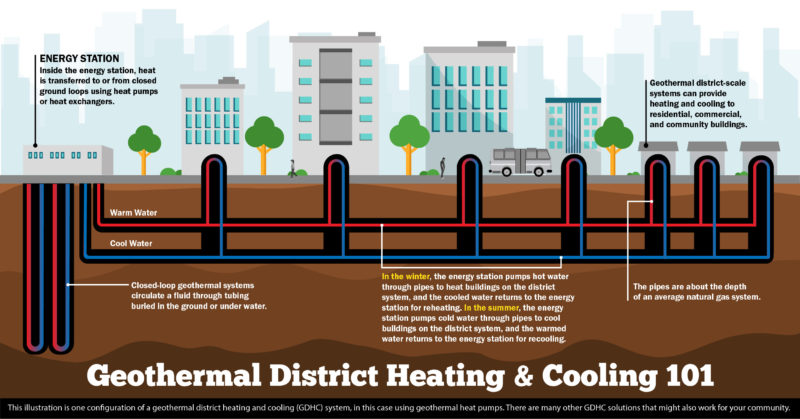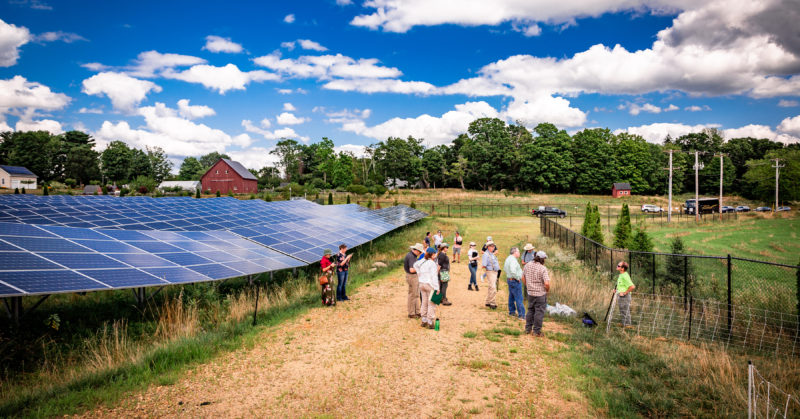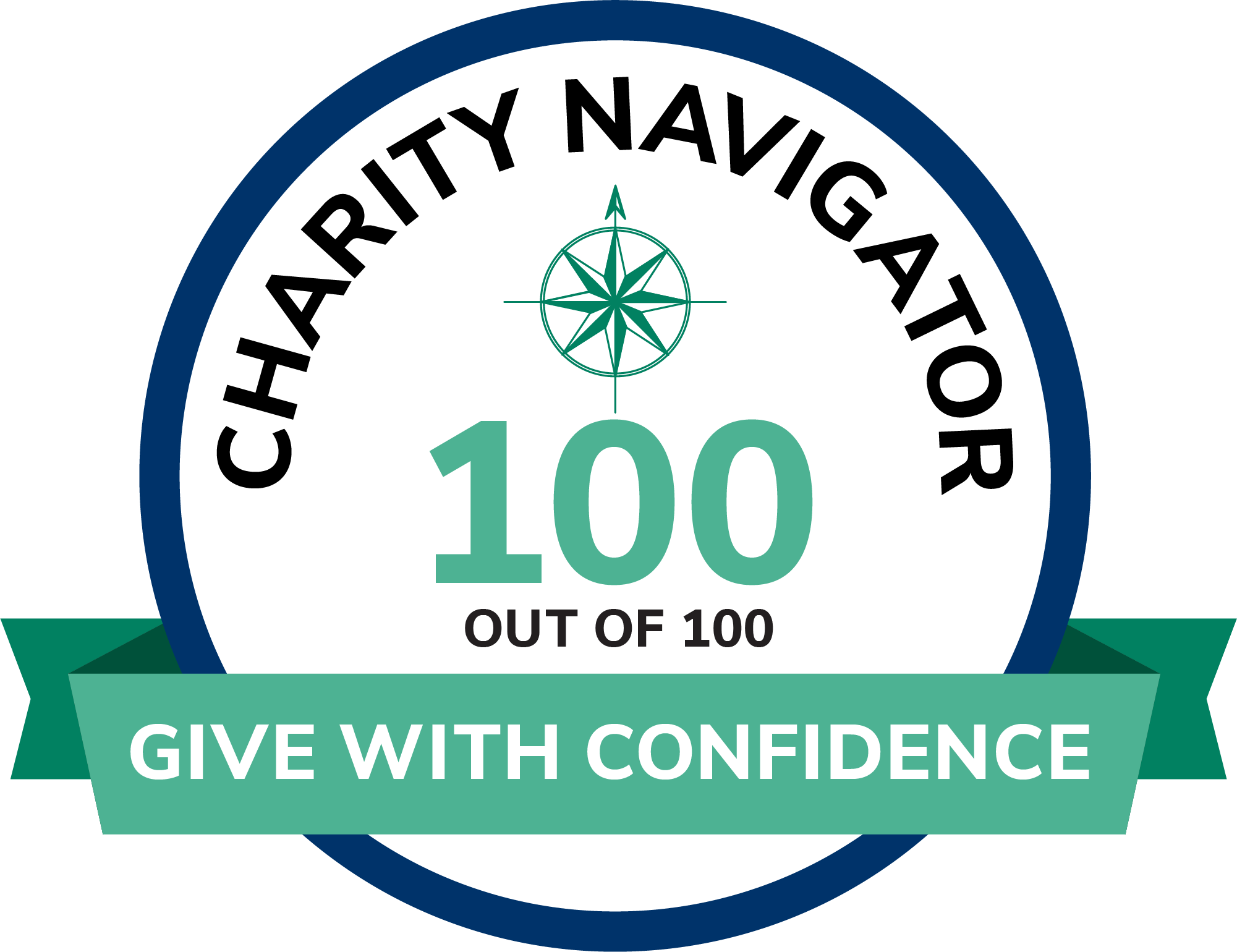The environmental movement has long envisioned a more sustainable future, but we’ve not often been in the position to truly build that future. We’ve been busy– protesting against projects, rallying for change, suing against pollution, lobbying for laws, and more. With the federal passage of the bipartisan Infrastructure Law and the Inflation Reduction Act, and the Climate and Equitable Jobs Act (CEJA) in Illinois, we’re facing a new future, a time to switch from defense to offense and actually build the pollution free energy sector we’ve long envisioned.
Pioneer (verb) means to develop or be the first to use or apply a new method, area of knowledge, or activity. Let’s explore five Illinois clean energy projects and initiatives that, while maybe not the very first of their kind, are pioneering the clean energy future with innovative approaches and new ideas!
1.) Coal to Solar and Battery Storage
Nine coal-fired power plants in Illinois will be repurposed to solar and/or battery storage projects thanks to “coal to solar” incentives and grants in CEJA. In total, the projects will result in 300MW of solar and 150MW of battery energy storage. Adding more energy storage to the grid is an important part of a clean energy future to make efficient use of intermittent generation sources like solar and wind. While projects like these are still novel, a recent NREL report found that utility-scale energy storage deployment is expected to increase five-fold between 2021 and 2050. The Illinois coal to solar projects are a win-win because they also contribute to economic reinvestment in coal communities that lost tax revenue and jobs when the coal plants closed.

2.) Community Geothermal Systems
While CEJA did much for addressing greenhouse gas emissions and pollution from the power sector in Illinois, much work still remains for decarbonizing the way we heat and cool our buildings. To address this issue, a diverse Illinois coalition, led by Blacks in Green, is working on a Community Geothermal pilot project with the community of West Woodlawn, a disadvantaged community on the South Side of Chicago.
Low temperature geothermal heating and cooling systems take advantage of the Earth’s constant underground temperatures to efficiently exchange thermal energy with the surrounding soil and geologic materials to meet the desired temperatures in the building. This technology is often thought of as an option for individual homes, but in the West Woodlawn project the technology would be used as shared systems in an urban setting. The ability to share heating and cooling between buildings in a thermal energy network makes these projects much more energy efficient and lowers the cost for homeowners.

Community geothermal systems, also called “geothermal district energy systems,” allow residential, commercial and community buildings to share the earth’s heating and cooling potential using a system of interconnected wells, heat pumps, and piping that can be built in the public right of way. Projects in Illinois and across the nation have applied for funding from the Department of Energy’s (DOE) Community Geothermal Heating and Cooling Design and Deployment Funding Opportunity. This spring, DOE expects to announce up to ten awards of up to $750,000 each to determine their project feasibility. Several of the projects will then be selected for a second phase to demonstrate the project with additional funding of $2.5 million to $10 million.
3.) Low Income, Community, and Brownfield Solar
The City of Urbana hosts a unique 40 acre solar farm on their former landfill in central Illinois. This solar project makes our list because it highlights three pioneering solar approaches in a single project—low income solar, community solar, and brownfield solar. Income-qualified homeowners and renters can subscribe to this “community solar” project as part of Illinois’ Solar for All Community Solar program. While the current project is fully subscribed, the City of Urbana hopes to expand!
The Illinois Environmental Protection Agency defines brownfields as, “abandoned or under-utilized industrial and commercial properties with actual or perceived contamination and an active potential for redevelopment.” Brownfield solar refers to redeveloping these sites with solar farms, and there are Illinois solar incentives specific to brownfield solar. The potential to develop solar on brownfields, and particularly landfills, is an exciting approach, and a 2021 RMI report found that nationwide, over 4,000 landfills are suitable for solar development.
4.) Illinois Green Banks
CEJA was a nation-leading climate bill in many ways, including in the creation of two “green banks.” The new Clean Energy Jobs and Justice Fund will provide loans for renewable energy projects in low-income and disadvantaged communities. CEJA also designated the Illinois Finance Authority as the “Illinois Climate Bank” to provide financial products and programs to finance and otherwise develop clean energy projects. These steps have uniquely prepared Illinois to take advantage of new federal opportunities for funding clean energy and climate projects. The Inflation Reduction Act created a Greenhouse Gas Reduction Fund to serve as a national green bank to distribute funding to green banks around the country. The funding, managed by the USEPA, includes $27 billion for projects that deploy zero-emission technologies or reduce or avoid emissions, and much of the funding will be directed at low-income and disadvantaged communities.
5.) Agrivoltaics
With new technologies and new ideas come new words! “Agrivoltaics” (agriculture + photovoltaics) refers to the practice of co-locating solar energy production with agricultural production. The University of Illinois is leading a new project, called SCAPES (Sustainably Colocating Agricultural and Photovoltaic Electricity Systems), to research agrivoltaic systems in a variety of land and climate types. There is a research, education, and outreach component of the project, and they even recently developed an Agrivoltaics game for kids!
We’re excited for Agrivoltaics to become a household word and to have real non-research examples in Illinois. In the meantime, check out these examples from other states: Jack’s Solar Garden in Colorado, Blueberry Farm in Maine, and Mauntel’s Solar Sheep in Iowa.

You Can be a Clean Energy Pioneer
John Kerry, US Climate Envoy, is famously quoted as saying, “Fifty per cent of the reductions we have to make to get to net-zero by 2050 or 2045 are going to come from technologies that we don’t yet have.” While most of us aren’t going to develop new technologies, we can be clean energy pioneers in our own communities. We can talk to community leaders about the importance of clean energy and climate action, and we can advocate for and support local projects. State and federal legislation has created more clean energy incentives and opportunities than ever before, but they won’t last forever. Prairie Rivers Network is committed to ensuring advocates, community leaders, and elected officials understand the importance of climate action and are knowledgeable about opportunities to accelerate the clean energy future.







